The Learning Zone
"Learning is a treasure that will follow its owner everywhere." - Chinese Proverb

The Learning Zone
"Learning is a treasure that will follow its owner everywhere." - Chinese Proverb
"Coming together is the beginning, staying together is progress,
and working together is success." - Henry Ford
As part of the NSW Curriculum Reform, a new English and Mathematics Syllabus was introduced last year for Kindergarten, Year 1 and Year 2, and this year the new syllabus has been implemented in Years 3-6.
The new syllabuses emphasise key concepts, identify essential knowledge and skills and include new outcomes to clearly show what is essential. To reflect the outcomes of the new English and Mathematics syllabuses, the language of the Semester 1 reports for Years 3-6 will change, just like it did for K-2 last year. Please see the tables below which compare the outcomes and language of the old and new syllabuses. If you have a child in Year 3, 4, 5 or 6, these are the areas you will see on the Semester 1 report.
| English: Old Language | English: New Language |
|---|---|
Speaking and Listening Writing and Representing Reading and Viewing | Oral language and communication Vocabulary Reading Fluency (Stage 2) Reading comprehension Creating written texts Spelling Handwriting and digital transcription Understanding and responding to literature |
| Mathematics: Old Language | Mathematics: New Language |
|---|---|
Working Mathematically Number and Algebra Measurement and Geometry Statistics and Probability | Representing numbers using place value (Stage 2) Represents numbers (Stage 3) Additive relations Multiplicative relations Partitioned fractions (Stage 2) Representing quantity fractions (Stage 3) Geometric Measure 2D spatial structure 3D spatial structure Non-spatial measure Data Chance |
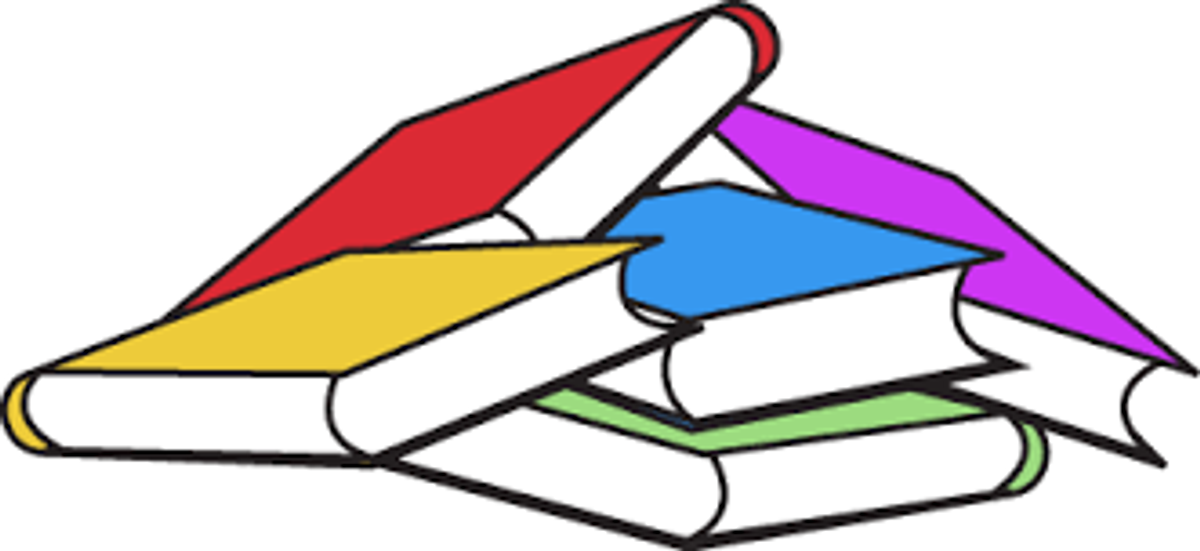

Kindergarten have been exploring imaginative texts and recalling the sequence of events in stories. After reading Superworm by Julia Donaldson, the students retold the events and created written texts to record their ideas. Well done Kindergarten! ⭐
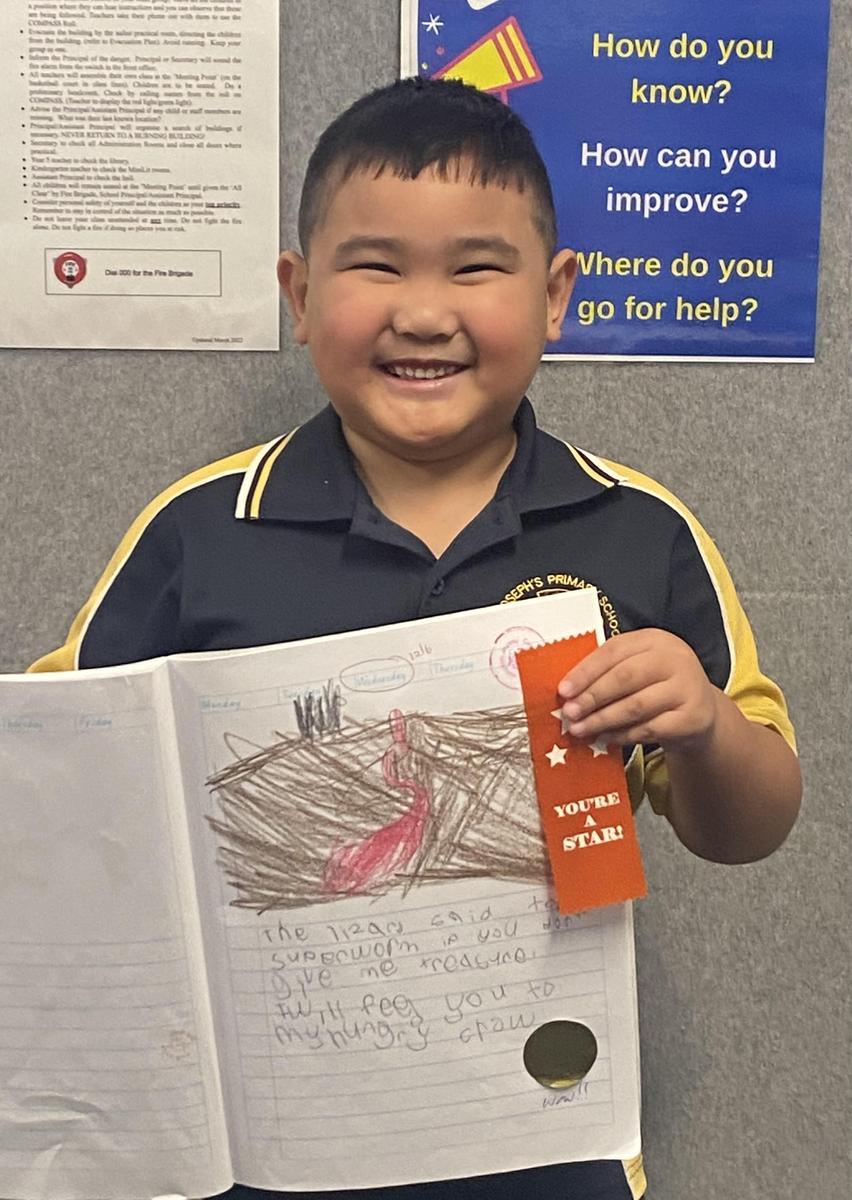

Thank you to all students who entered the 'Sprinkle Kindness Like Confetti' colouring-in competition. There were certainly a lot of colourful entries which made the judging extremely difficult! Congratulations to the following students who were announced winners at last week's assembly where they were presented with a certificate for their efforts.
Kindergarten - Alaska Collyer
Year 1 - Isla Campbell
Year 2 - Sophia Stevens
Year 3 - Chloe Zhang
Year 4 - Nikita Verad
Year 5 - Ava Howell
Year 6 - Chloe Lin


What is happening in the world of mathematics at St Joseph's? Let's take a look!
Please see the information below to assist your child at home.
Maths At Home:
Kindergarten - Addition
Kindergarten are having so much fun with Addition.
Encourage your child to help you when out shopping by counting and collecting objects to put into the basket, e.g. ‘Can you get 2 apples? (add more) How many do we have altogether?’
How many more make 10 in each 10 frame?
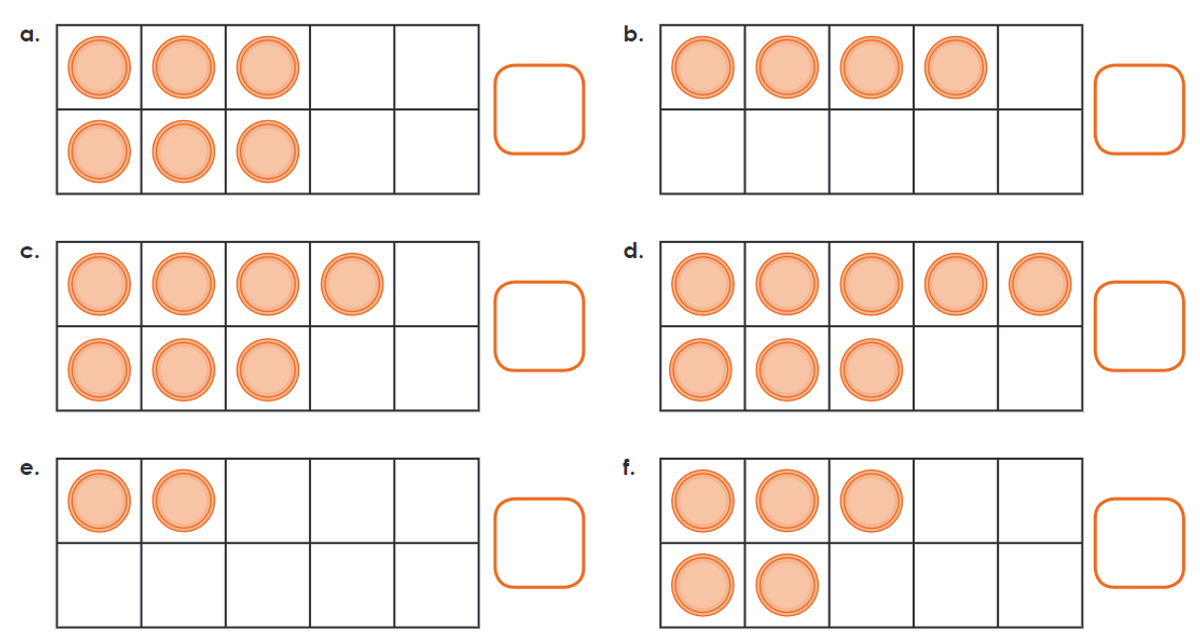

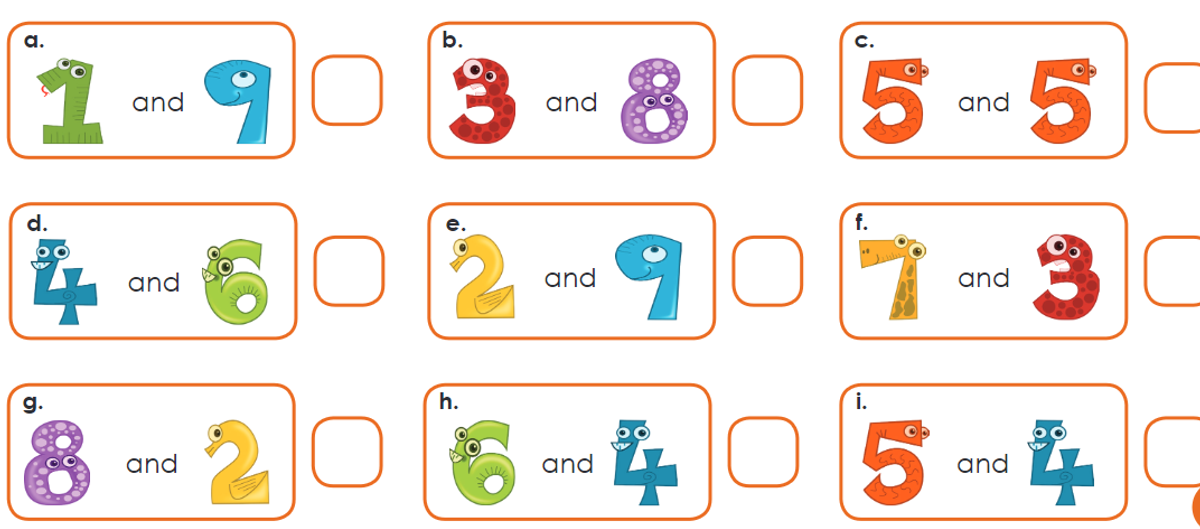

Which combinations above make 10?
Stage 1 - Subtraction
For many years, the expectation was that students use the formal written algorithm rather than their own mental strategies for addition and subtraction.
Rather than teach rules and procedures, we now need to encourage students to explain their strategies using both concrete materials and diagrams to demonstrate their knowledge of addition and subtraction.
Students should develop an understanding that the process of subtraction can be indicated by a variety of language structures. The language used in the comparison type of subtraction can be different from that used in the take away type. For example, how might a teacher say ‘9 minus 3’?
| Comparison language | Take away language |
| What is 3 subtracted from 9? | Reduce 9 by 3. |
| By how much does 9 exceed 3? | From 9 take 3. |
| What number is 3 less than 9? | Take 3 from 9. |
| What is the difference between 9 and 3? | 9 take away 3. |
| How many added to 3 make 9? | Decrease 9 by 3. |
| How many more than 3 is 9? | From 9 subtract 3 |
Stage 2 - Multiplication
Times tables are a brilliant brain-training exercise for students. Good times-tables knowledge is vital for quick mental maths calculations and problem solving, e.g. if a child knows that 6 x 3 = 18 they will be able to work out that 6 x 30 = 180 or 60 x 3 = 180 almost instantly.
Problems to solve:
In a classroom, there are 3 tables that seat 10 people each. What is the total number of students who can be seated in the classroom.
I have to attach legs to 20 stools. Each stool has five legs. How many legs will I attach?
Stage 3 - Time
Stage 3 are working on Time.
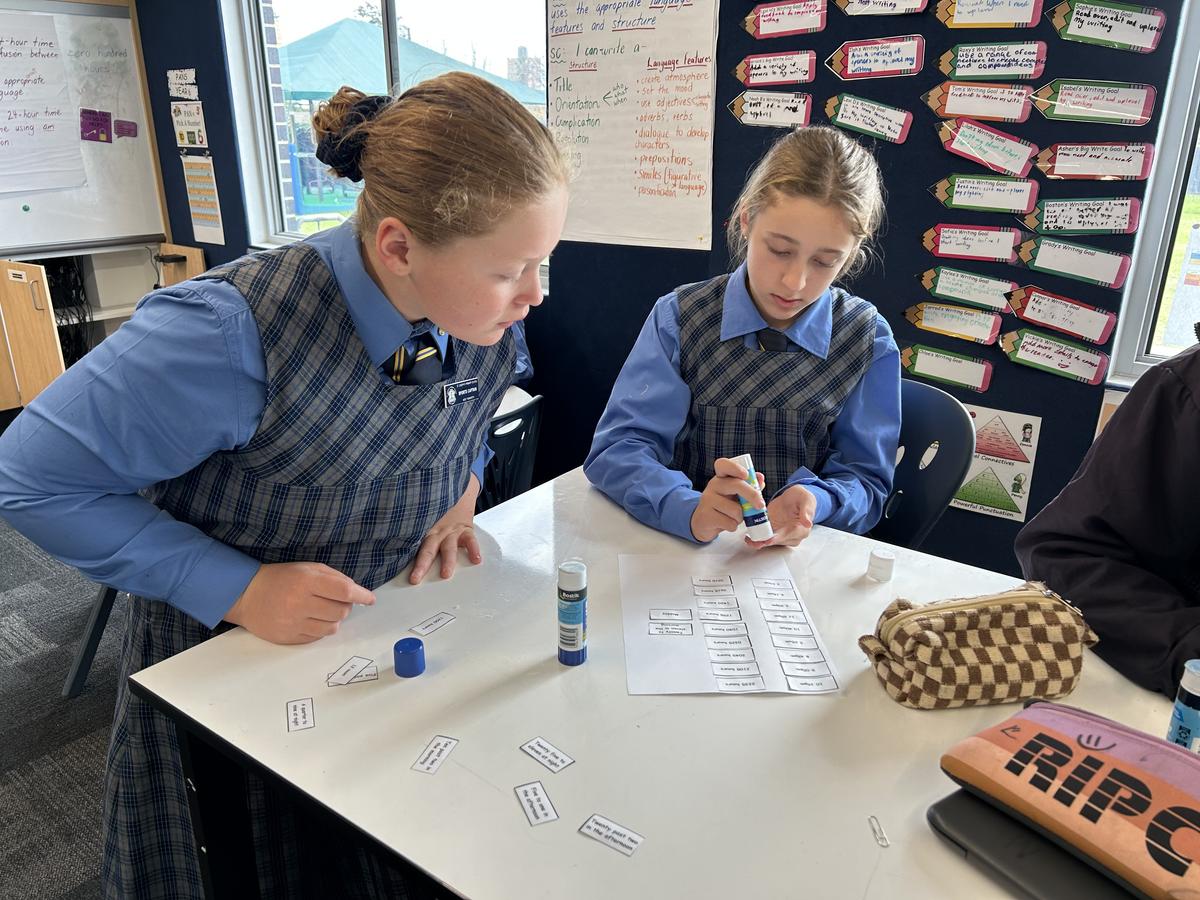

Practice Conversion Skills: Encourage your child to practice converting between 12-hour and 24-hour time formats regularly. Provide them with opportunities to work with different times and contexts. You can create activities where they convert between the two formats, using both digital and analog clocks.
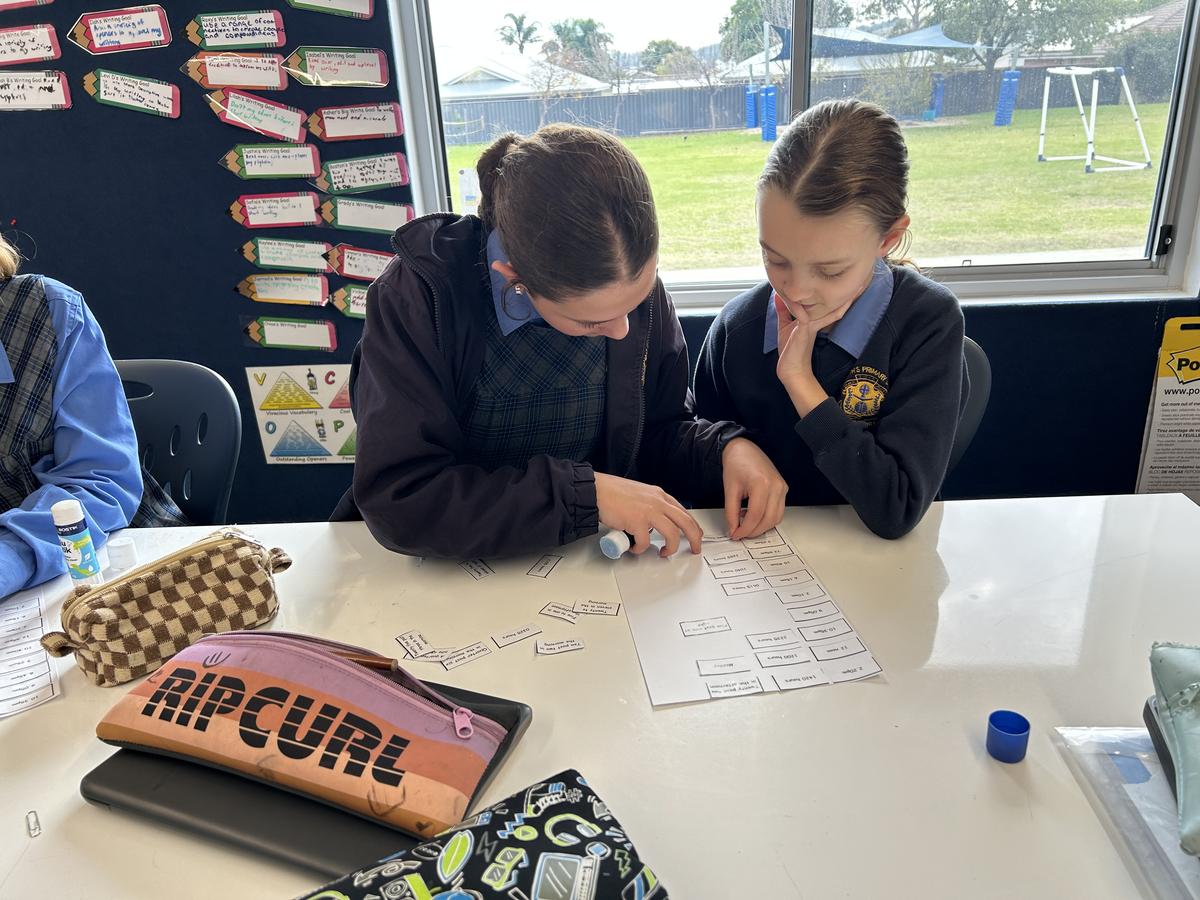

Create Real-life Scenarios: Help your child understand the practical application of both 12- and 24-hour time systems by creating real-life scenarios. For example, discuss with them why 24-hour time is used in contexts like train schedules or international communication to avoid confusion between AM and PM.
Have a wonderful week of learning!